
Serbia–Zimbabwe relations are the bilateral relations between Serbia and Zimbabwe. Yugoslavia was a founding member of the Non-Aligned Movement, of which Zimbabwe is also a part. Neither country has a resident ambassador. Serbia has a non resident ambassador in Pretoria.

The Socialist Federal Republic of Yugoslavia was one of the founding members of the Non-Aligned Movement. Its capital, Belgrade, was the host of the First Summit of the Non-Aligned Movement in early September 1961. The city also hosted the Ninth Summit in September 1989.

Democratic Republic of the Congo–Yugoslavia relations were historical foreign relations between Congo-Léopoldville or Zaire and now split-up Socialist Federal Republic of Yugoslavia. Formal diplomatic relations between the two countries were established in 1961, and the two maintained embassies in each other's capitals.

Finland–Yugoslavia relations were historical foreign relations between Finland and now split-up Kingdom of Yugoslavia or Socialist Federal Republic of Yugoslavia. Both countries gained their independence during or in the immediate aftermath of the World War I and the collapse of Austria-Hungary (Yugoslavia) or Russian Empire (Finland). Two parties established formal bilateral relations in 1928. Two countries developed their relations after the end of the World War II and 1948 Tito–Stalin split. At the time neither one of them was a part of either Eastern or Western Bloc in the Cold War divided Europe. Both countries perceived development of relations among non-bloc neutral European states as a way to avoid isolation and preserve certain level of independence without alienating major powers. Belgrade however perceived that in deeply divided Europe there was shrinking maneuvering space for neutral countries and followed the development of what will be called process of Finlandization with great concern. It therefore turned its focus on new allies among former colonies and mandate territories outside of Europe where it developed its policy of equidistant active neutrality via its activities in the newly founded Non-Aligned Movement.
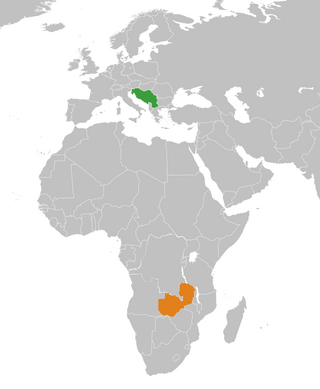
Yugoslavia–Zambia relations were historical foreign relations between now split-up Socialist Federal Republic of Yugoslavia and Zambia. Relations developed and were focused around shared membership and participation in the Non-Aligned Movement activities. Diplomatic relations between Yugoslavia and Zambia were established on 24 October 1964. They reached their peak before and during the 1970 3rd conference of Heads of State or Government of the Non-Aligned Countries in Lusaka when Yugoslavia provided major logistical and diplomatic support to the relatively recently decolonized Zambia.
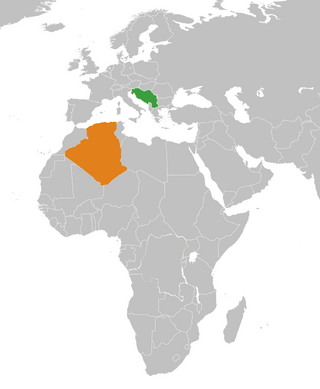
Algeria–Yugoslavia relations were historical foreign relations between Algeria and now split-up Socialist Federal Republic of Yugoslavia. Both countries self-identified with the wider Mediterranean region and shared membership in the Non-Aligned Movement. During the Algerian War Yugoslavia provided significant logistical and diplomatic support to the Algerian side which affected its intra-European relations with France. Yugoslavia was the first European country to openly support the FLN.
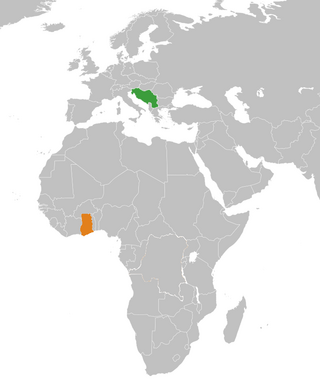
Ghana–Yugoslavia relations were historical foreign relations between Ghana and the Socialist Federal Republic of Yugoslavia. Formal diplomatic relations at the level of Embassy were established in 1959. Both countries were the founding member states of the Non-Aligned Movement at the 1961 Non-Aligned Conference in Belgrade. President of Yugoslavia Josip Broz Tito paid his first State visit to Ghana in 1961, just one year after the full independence of the Dominion of Ghana.
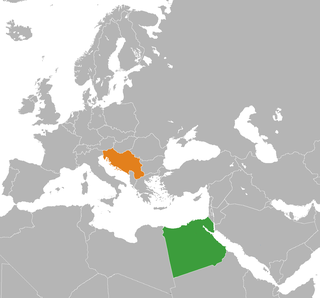
Egypt–Yugoslavia relations were historical foreign relations between Egypt and now break-up Yugoslavia. Both countries were founding members and prominent participants of the Non-Aligned Movement. While initially marginal, relations between the two Mediterranean countries developed significantly in the aftermath of the Soviet-Yugoslav split of 1948 and the Egyptian revolution of 1952. Belgrade hosted the Non-Aligned movement's first conference for which preparatory meeting took place in Cairo, while Cairo hosted the second conference. While critical of certain aspects of the Camp David Accords Yugoslavia remained major advocate for Egyptian realist approach within the movement, and strongly opposed harsh criticism of Cairo or proposals which questioned country's place within the movement.

Uganda–Yugoslavia relations were historical foreign relations between Uganda and now split-up Socialist Federal Republic of Yugoslavia. Formal diplomatic relations between the two countries were established in 1963. Both countries were members of the Non-Aligned Movement and they developed their relations in the framework of the Cold War Third World cooperation. First official state visit between Uganda and Yugoslavia took place in 1965 when the Prime Minister of Uganda Milton Obote visited Yugoslavia. President of Yugoslavia Josip Broz Tito reciprocated the state visit by visiting Uganda on 20 February 1970. President of Uganda Idi Amin visited Yugoslavia between 20–22 April 1976.

Ethiopia–Yugoslavia relations were historical foreign relations between Ethiopia and now split-up Socialist Federal Republic of Yugoslavia. Both countries were among founding members of the Non-Aligned Movement. The first contacts between the two countries were established at the United Nations in 1947 where Yugoslavia supported Ethiopian claims on Eritrea while Ethiopia supported Yugoslav claims over the Free Territory of Trieste. After the 1948, Tito-Stalin split Yugoslavia turned towards the non-bloc countries and two countries opened their embassies in 1955. The formal diplomatic relations were established already in 1952. Emperor Haile Selassie was the first African head of state in official visit to Yugoslavia in 1954.
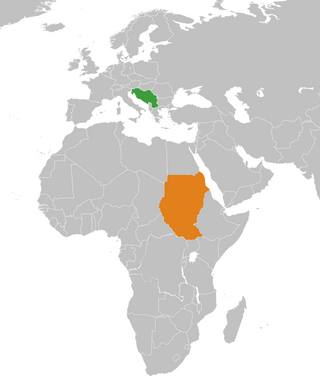
Sudan–Yugoslavia relations were historical foreign relations between Sudan and now split-up Socialist Federal Republic of Yugoslavia. Both countries were founding members of the Non-aligned Movement. President of Sudan Ibrahim Abboud personally participated in the 1961 Non-Aligned Conference in Belgrade. Relations between the two countries intensified after the failed 1971 Sudanese coup d'état when Sudan looked to replace its former ties with the Soviet Union with improved relations with Yugoslavia and the Socialist Republic of Romania.

Morocco–Yugoslavia relations were historical foreign relations between Morocco and now split-up Socialist Federal Republic of Yugoslavia. Two countries established formal bilateral relations on 2 March 1957. Both countries were founding members of the Non-Aligned Movement. Moroccan king Hassan II supported Yugoslav bid to host the first conference of the movement in 1961 even over the candidacy of Cairo. The belief was that Yugoslav bid will “increase the possibility of wider Arab participation” irrespective of some internal divisions. Yugoslav diplomacy on its part gave high priority to country's relations with non-bloc Mediterranean countries.
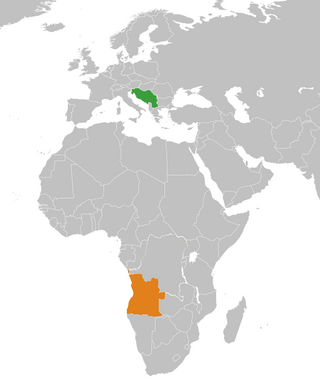
Angola–Yugoslavia relations were historical foreign relations between Angola and now split-up Socialist Federal Republic of Yugoslavia. During the Cold War both countries actively participated in the work of the Non-Aligned Movement.
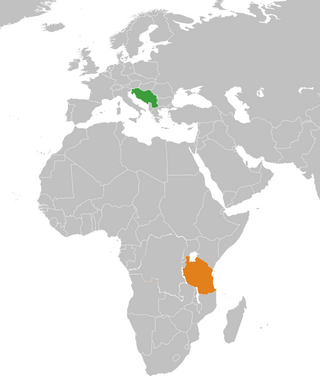
Tanzania–Yugoslavia relations were historical foreign relations between Tanzania and now split-up Socialist Federal Republic of Yugoslavia. During the Cold War both countries actively participated in the work of the Non-Aligned Movement. President of Yugoslavia Josip Broz Tito visited Tanzania in 1970 while President of Tanzania Julius Nyerere visited Yugoslavia on three occasions in 1961, 1969 and in 1975. 1961 visit to Yugoslavia was the first official international visit by Nyerere and it took place even before the formal independence was declared later that year.

Libya–Yugoslavia relations were historical foreign relations between Libya and now split-up Socialist Federal Republic of Yugoslavia. Two countries established formal diplomatic relations in 1955.
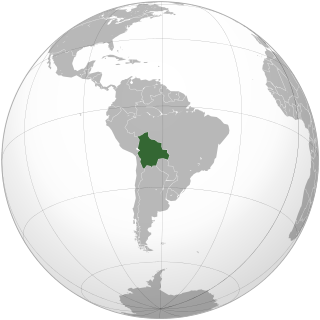
Bolivia–Yugoslavia relations were historical foreign relations between Bolivia and now split-up Socialist Federal Republic of Yugoslavia. Relations were established and developed in the context of Yugoslav Non-Aligned policy during the Cold War in which Yugoslavia cooperated with countries both outside Eastern and Western Bloc.
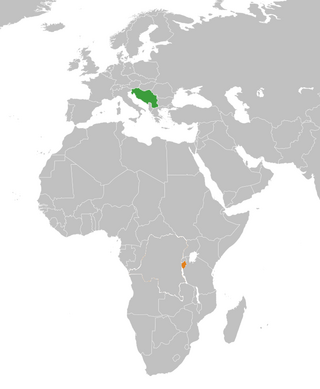
Burundi and the former Socialist Federal Republic of Yugoslavia were both members of the Non-Aligned Movement and they developed their relations in the framework of the Cold War Third World cooperation.

Third Conference of the Non-Aligned Movement on 8–10 September 1970 in Lusaka, Zambia was the third conference of the Non-Aligned Movement. A preparatory meeting of Foreign Ministers drafted a number of resolutions which were considered by the Summit Conference. President of Zambia Kenneth Kaunda opened the conference by underlining non-alignment as "the natural choice at the time of increased hostility created by ideological conflicts in the bipolar world"
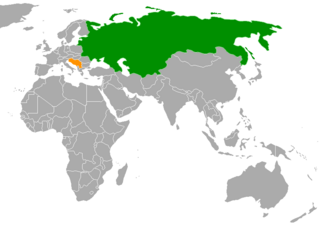
Soviet Union–Yugoslavia relations were historical foreign relations between Soviet Union and Yugoslavia. Both states are now-defunct states with dissolution of the Soviet Union from 1988 through 1991 and breakup of Yugoslavia from 1991 through 1992. Relations between the two countries developed very ambiguously. Until 1940 they were openly hostile, in 1948 they deteriorated again and in 1949 were completely broken. In 1953–1955 period, bilateral relations were restored with the signing of Belgrade declaration, but until the collapse of Yugoslavia they remained very restrained. Relations with Soviet Union were of high priority for Belgrade as those relations or their absence helped the country to develop the principle of Cold War equal-distance on which the Yugoslav non-alignment policy was based.

Ghana has been a member state of the Non-Aligned Movement since the time of the 1st Summit of the Non-Aligned Movement in 1961 in Belgrade. As the first decolonized country in Sub-Saharan Africa, Ghana actively participated in earliest efforts to initiate Pan-African and Non-Aligned cooperation. Ghana, together with SFR Yugoslavia, India, Indonesia, and Egypt, was one of the five countries that initiated the establishment of the movement.


























